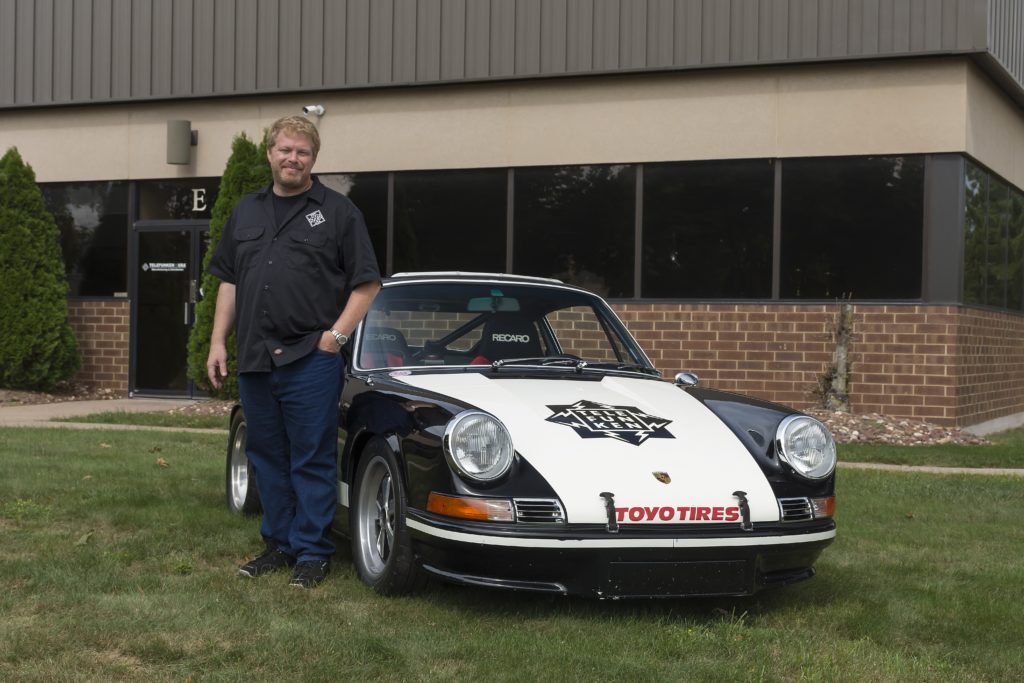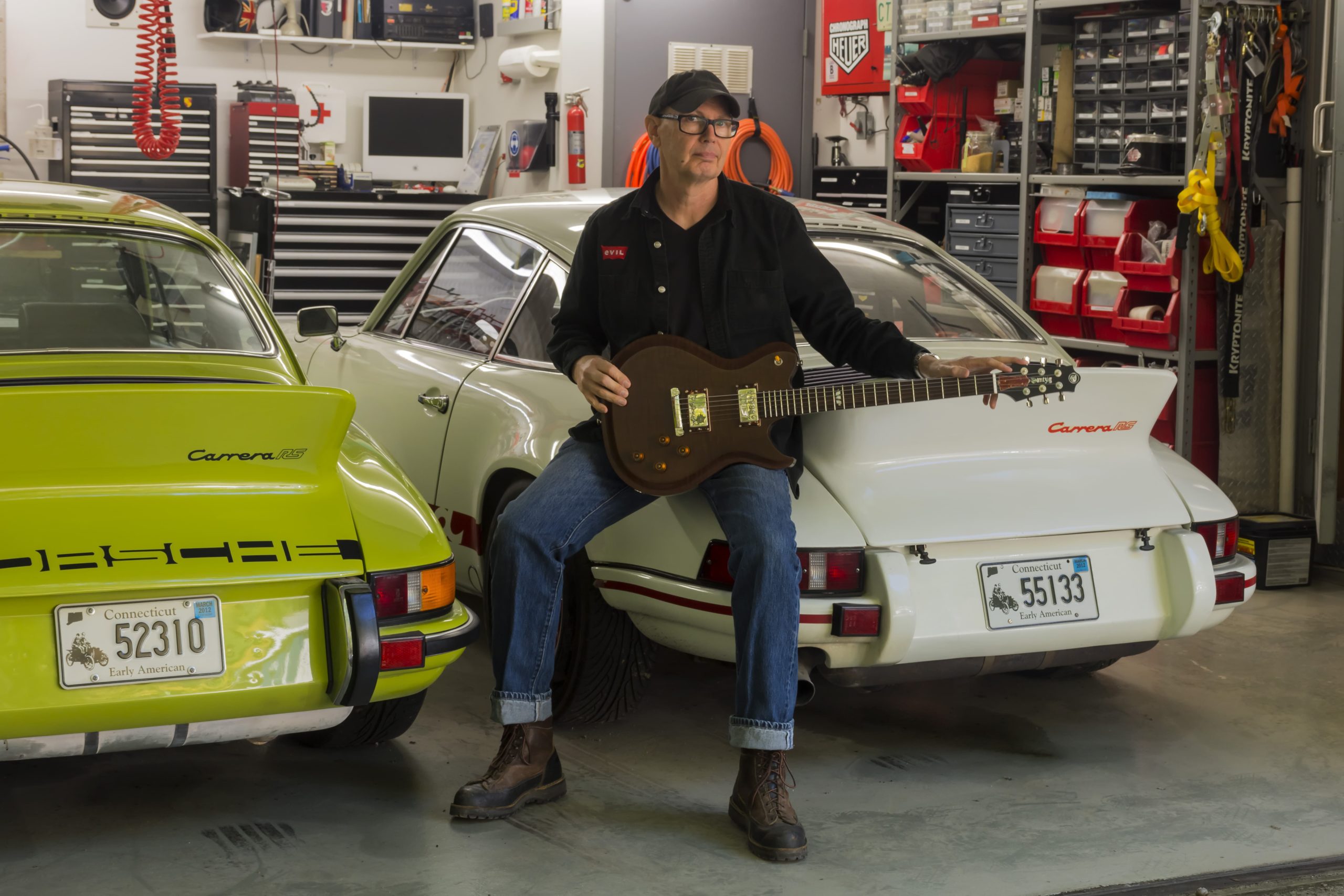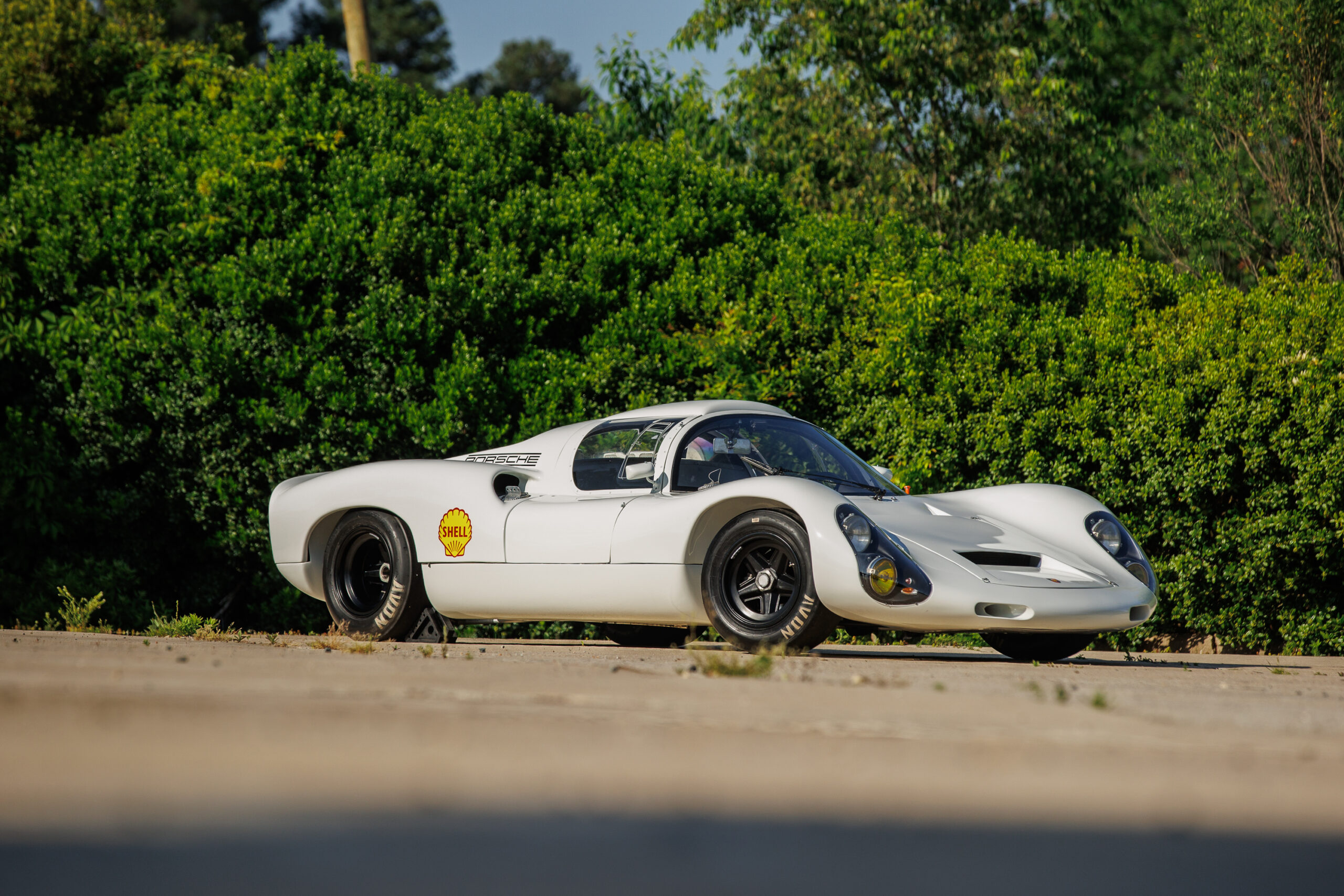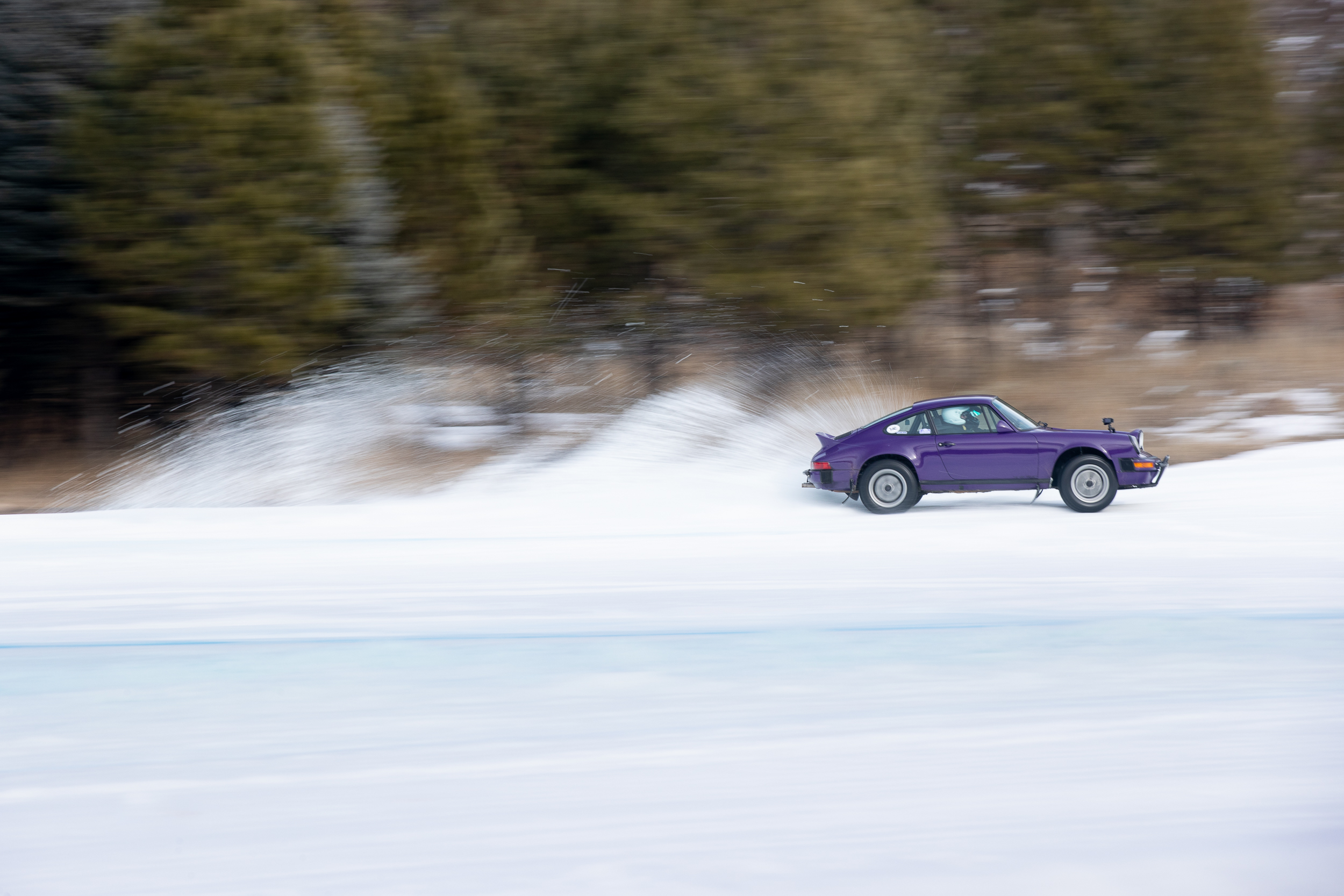The music world is filled with a variety of personalities and characters and an endless spectrum of tastes and styles that might never come anywhere close to each other, but sometimes there is a common thread that creates a shared tone a universal note. It’s the scream of a Porsche engine.
* * *
An 11-year old Jol Dantzig was at summer camp, one of the counselors had an electric guitar and amp. He had never seen anything like it before in his life. It was loud like the racecars he had seen at Sebring. His young mind was blown. Later on he heard the Ventures, his mind was set, he needed to learn the guitar.
One of his guitar teachers had him steeped in the blues. “Listen to Muddy, Beck, Buddy Guy, and Keith Richards.” When your teacher is Mike Bloomfield you listen. But everything changed when he heard Charlie Christian. More on this later.
In the early 70s Jol and partners had a vintage guitar shop in Chicago selling axes to all the headliners of the time. Jol loved to learn how things worked, he loved machines, he loved to build things. So the next step was to build his own guitar. He created his own hybrid by merging everything he loved about different guitars into one. When he took it out everyone wanted to buy it. It wasn’t for sale. “Could you make me one,” became the mantra. Jol had built another guitar and took it back stage at a Wishbone Ash concert, thinking guitarist Andy Powell would have to have his creation, but he passed on it. However the bass player placed an order. While Jol’s partner worried they had never built a bass, Jol’s response was “No problem!”
More instruments were made and in 1973 they founded Hamer Guitars, creating high-end instruments for professional players. The company grew and Kaman Music acquired them in 1988. Jol left the company in 1993 and he moved to the West Coast to start an advertising and design business. A lot of his clients were involved in motorsports. So he was immersed in the car world again.
Dantzig’s first 911, built by Saul Snyderman of Perfect Power in Chicago, was a VERY fast VERY cool road car. Jol always admired racing mechanics, racecar designers, and racing drivers. But it was something he never thought he could do. He likened it to how do you become a movie star.
One day the mechanic that worked on Jol’s Porsche said they were going to Thunderhill Raceway Park near Sacramento for a driver’s education day, and Jol was coming! “I’ll come and watch,” he said. “No you are going to learn how to drive your car the way it was meant to be driven!” A pen was put in his hand and an application form was put in front of him. “Fill it out,” he was told!
Jol rode in his mechanic’s Targa to get to know the track. Going into turn one the only thought in his mind was, “I’m going to die!” He was terrified but curious. But he went out in his car; then he went to driver’s school and learned vehicle dynamics.
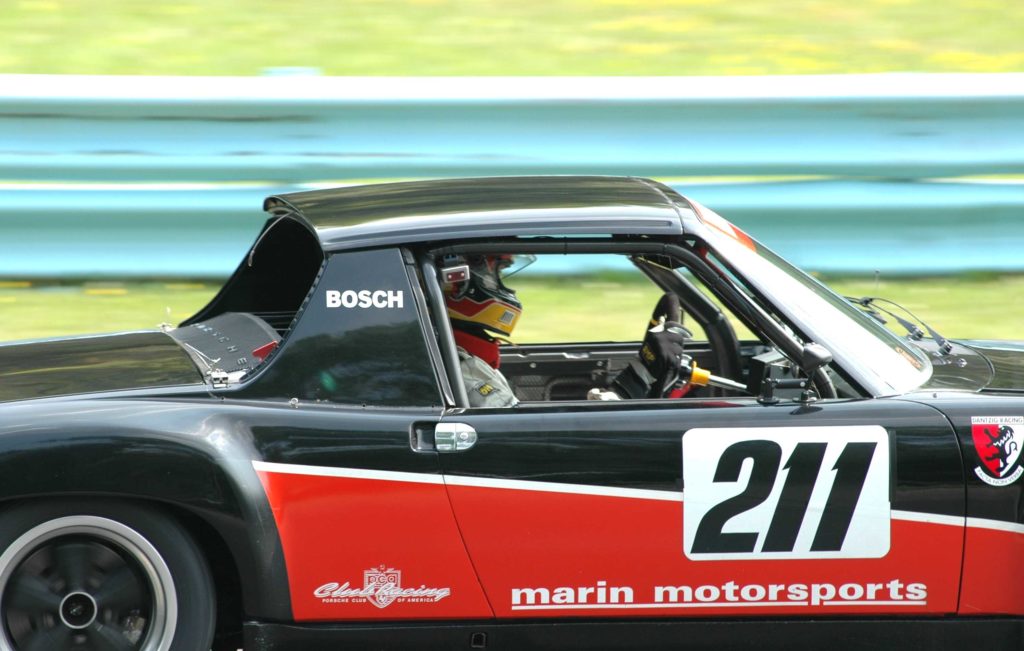
He was hooked. He tracked the 911 for a while then sold that to get a dedicated racecar. That was a 914 on which someone had started the conversion from street to racer. Jol took it all the way to a PCA club car. Coming out of the boot at Watkins Glen in upstate New York with the revs just right, the engine note just made Jol smile. It was a great car till he totaled it.
It was the slippery slope into racing. Other cars came and went. Jol also found himself relocated in Connecticut with more guitar work once again with a large company. He decided to get back to basics and create a series of guitars on his own, under his own name. One of his current masterworks is a guitar called The Crow, a piece of playable art inspired by the times and artistry of Charlie Christian.
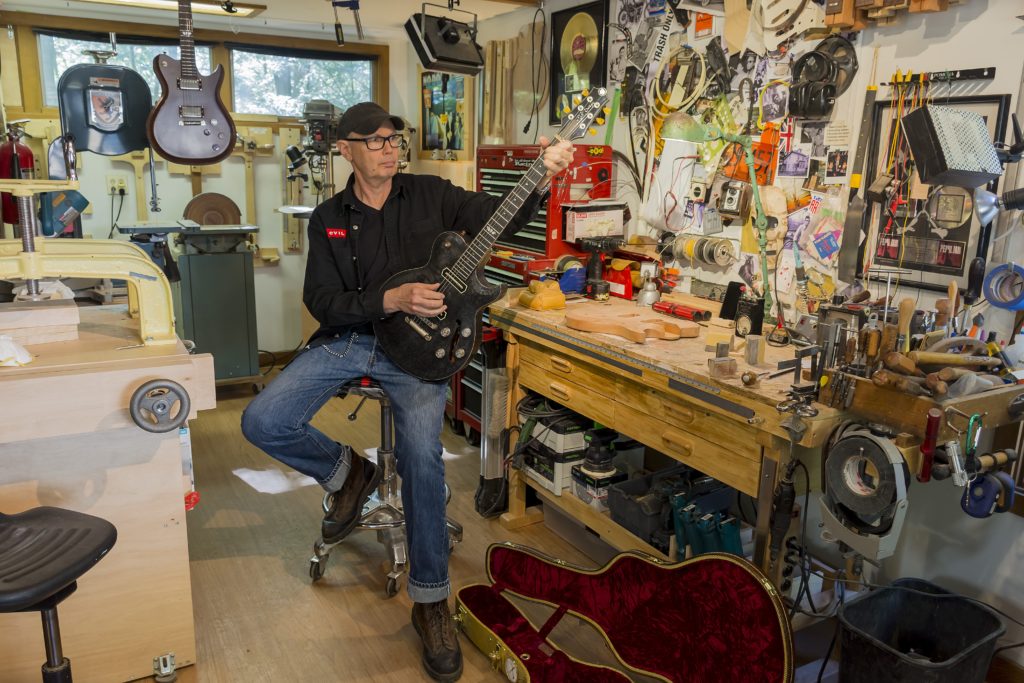
At the same time he was closely inspecting vintage Porsches, looking at the mastery of their build and design. From respect grew desire. A buddy of his from the Midwest had a RS and he didn’t like the green color. He convinced Jol to buy it and it became his wife’s car. Jol had also found one in Connecticut and told that owner when he wanted to sell it let him know. And then he forgot about it. Within a month after acquiring the green car, Jol got a call: “My son is off to college; the car is for sale if you want it.”
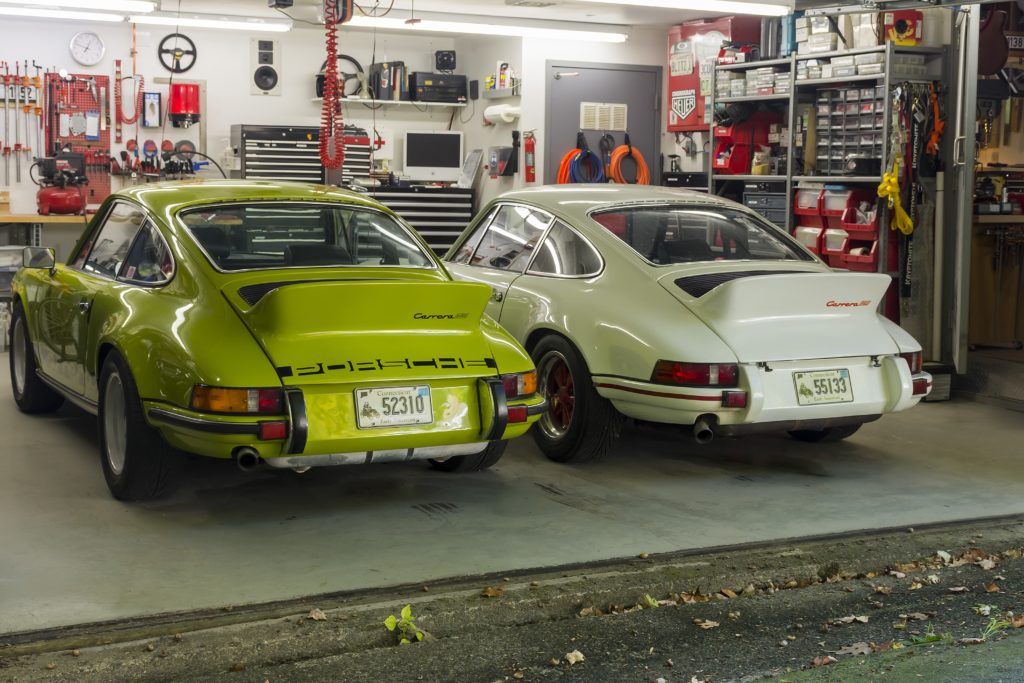
Jol bought the car with the romantic notion of driving it to Lime Rock and slapping numbers on it. He imagined racing it, then driving it to dinner, racing the next day, and then driving home. That never happened, but he had two master works from Zuffenhausen in his garage right next to his shop. So he could drive them whenever he wanted to, or just go out and appreciate their beauty.
That’s pretty much how Jol feels about his creations; if the new caretaker takes his guitar out on the road and plays it every night that’s great, or if they play it a little, and hang it on the wall to admire if it is done for the right reason, that’s great too.
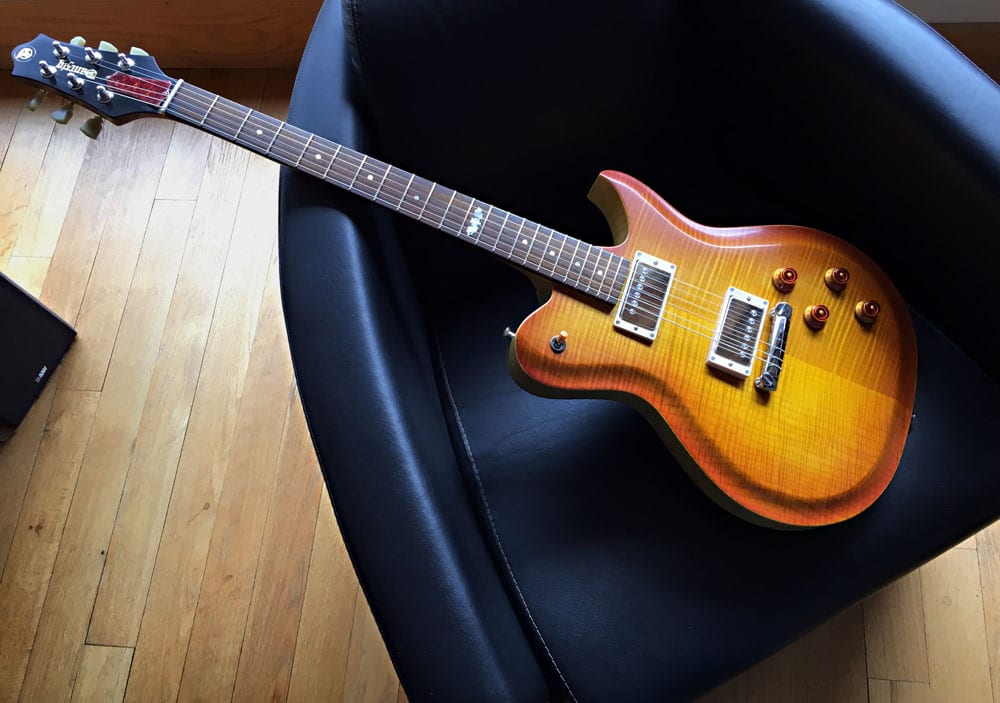
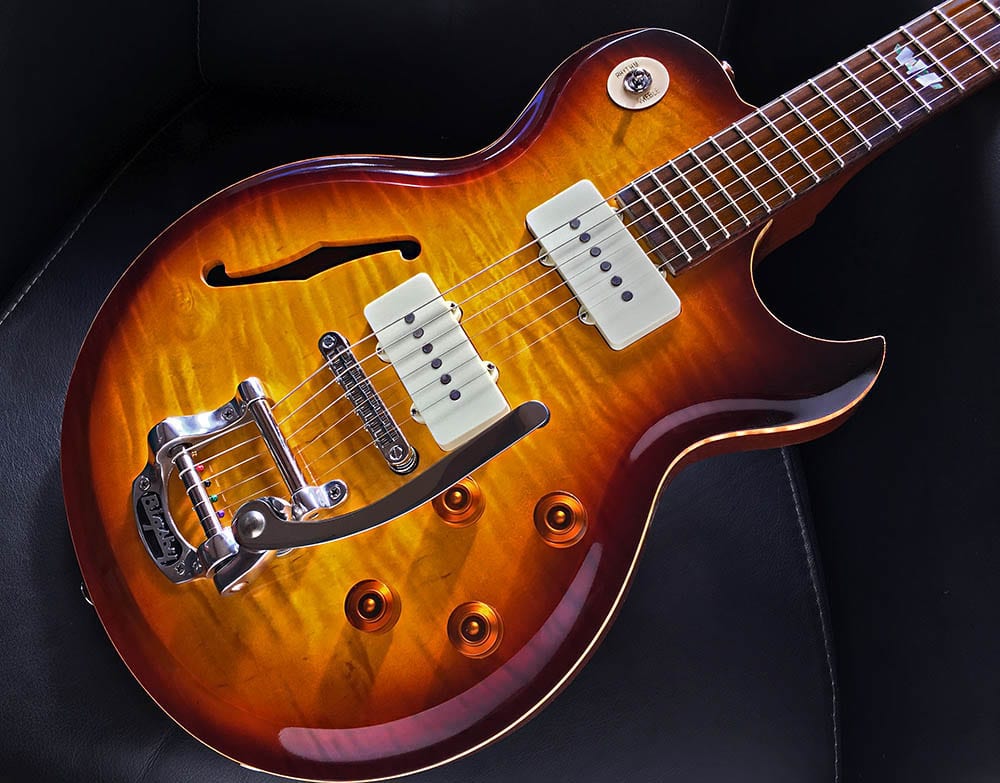
Either way they both make beautiful music.
* * *
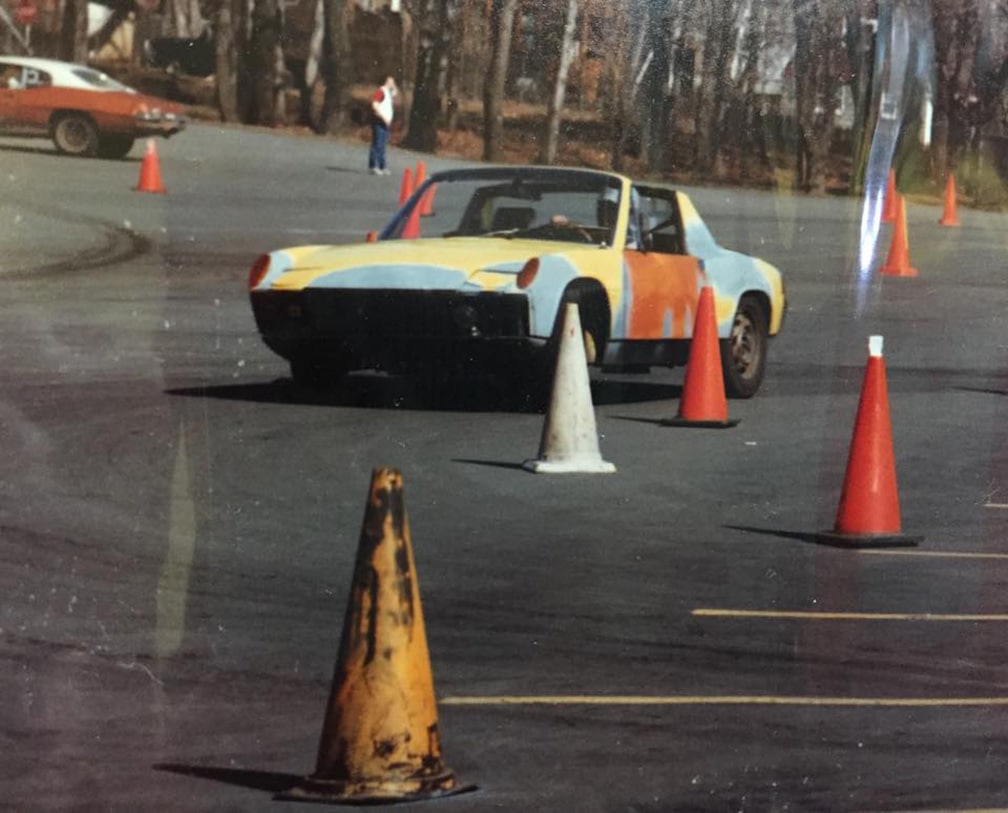
Mike Piera went to college in Rensselaer, NY. On a trip to visit the school, he watched an autocross that was taking place in a parking lot. To him it was an amazingly cool spectacle. When he got to school he was driving a Javelin and just had to enter the autocross. He got beaten by a 914 Porsche; it was the fastest car there. Mike decided he needed to get one, found one, and commenced to drive it and autocross it throughout his college years.
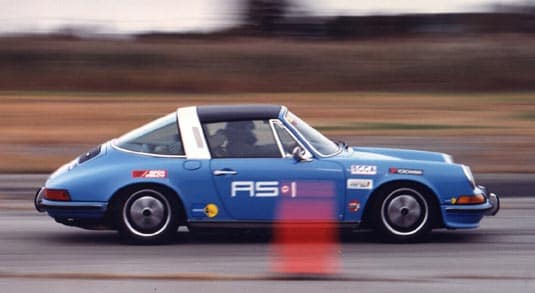
After school he lived at home, saved his money and purchased a 1972 911S. He took that car all around the country competing in autocrosses. And along the way he won the SCCA national championships in 1985 and 1990. Then family came along and he got out of competition for a while. By the late 1990s, a 1973 911 came into his life. Mike converted it to road racing specs and added a 2.7 RS motor so he had more options for racing it.
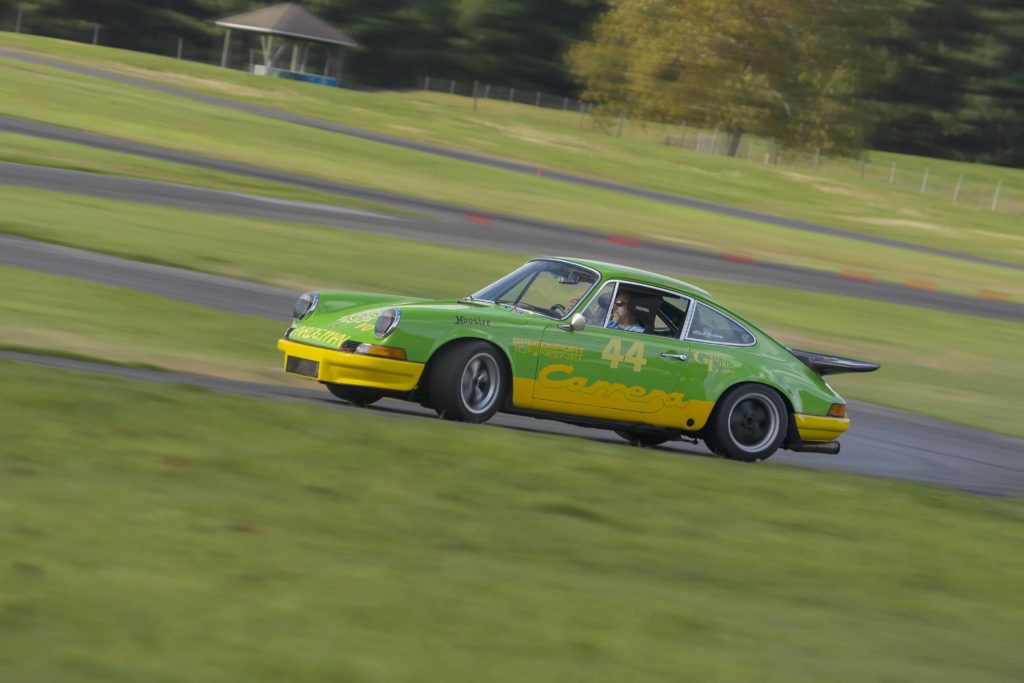
More options only create more need. With Mike’s need for more speed around 2004, he began searching for a GT3 Cup car. What he found was an ex-Dominick Farnbacher factory-built Super Cup car from Farnbacher-Loles in Danbury, CT.
He did battle for three plus years in SCCA, PCA, and IMSA. But that options and need itch needed to be satisfied: What Mike really wanted was a brand new factory car. But that was not an easy dream to fulfill. Drivers had to commit to the full season with IMSA. It was crazy expensive for the amount of racing.
Mike did a couple of rounds, but then he went back to Porsche club and SCCA racing. By 2008, with the economy heading toward disaster, there were some extra cars around and Mike got his GT3 Cup Car directly from the factory. That automobile took Mike all around the country for a few years. The next step was a used Grand Am series racecar. Mike got in the car for the first time at Daytona 2010 and he has been running it ever since.
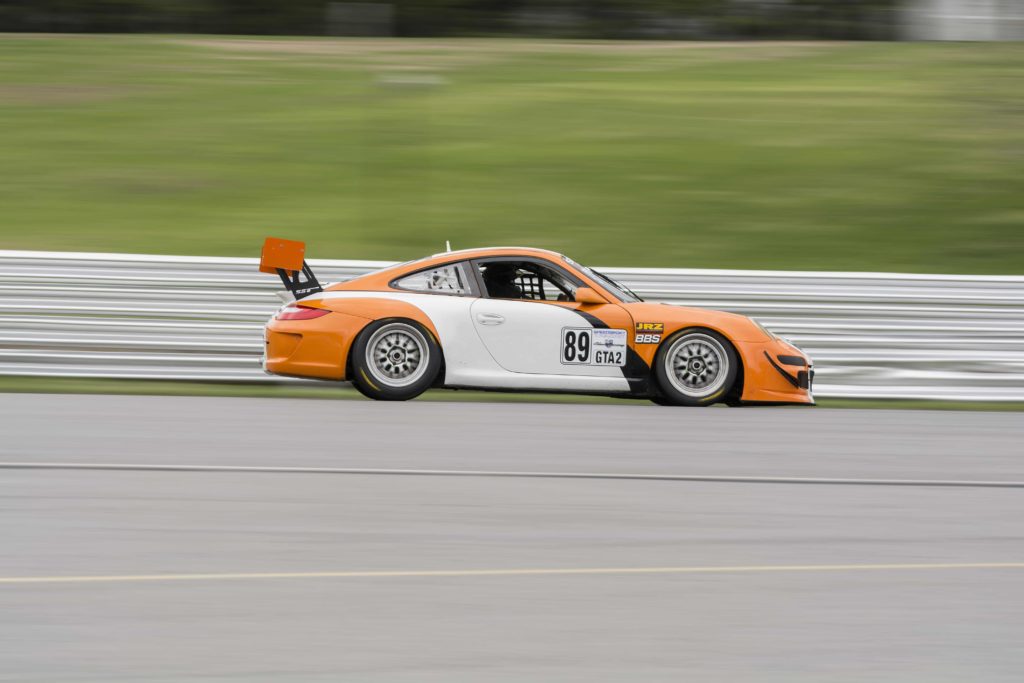
Mike also found himself behind the wheel co-driving with the pros Dirk Werner and Dion Von Moltke. He even shared a class win with Dion in a TRG-sponsored GTC Porsche at Lime Rock.
But how is one able to get all these cool toys? Well, Mike makes some cool toys of his own. He started out as a software engineer, but he got tired of dealing with new software every few years and having to go through a new learning process.
He had always been a musician—he started out selling vintage guitars—but he was also a gear head.
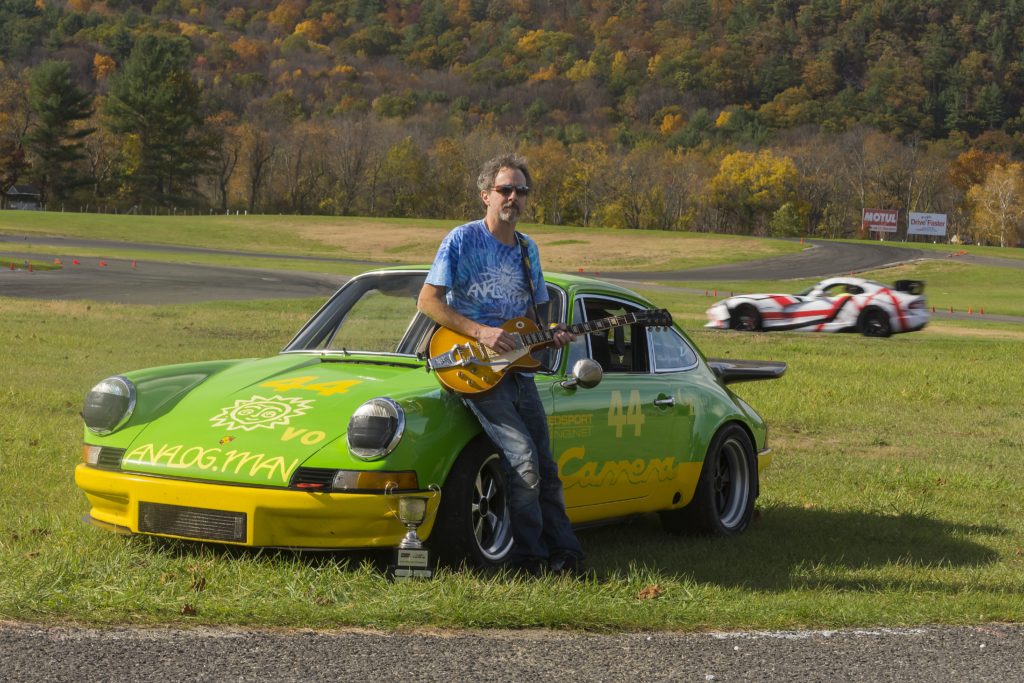
He liked working on amps and electronics, just as he enjoyed working on a Porsche. For him, the next step was rebuilding and reworking vintage effects pedals. When it became harder to find the vintage stuff, Mike started building his own line in the old-school method. He sources all the hard-to-find parts that just aren’t used anymore. In this way, he’s keeping that vintage sound alive. Where other gear is made with tiny circuit boards that machines can put together. Mike’s gear is all hand made in the analog way. It inspired the company name: Analogman.
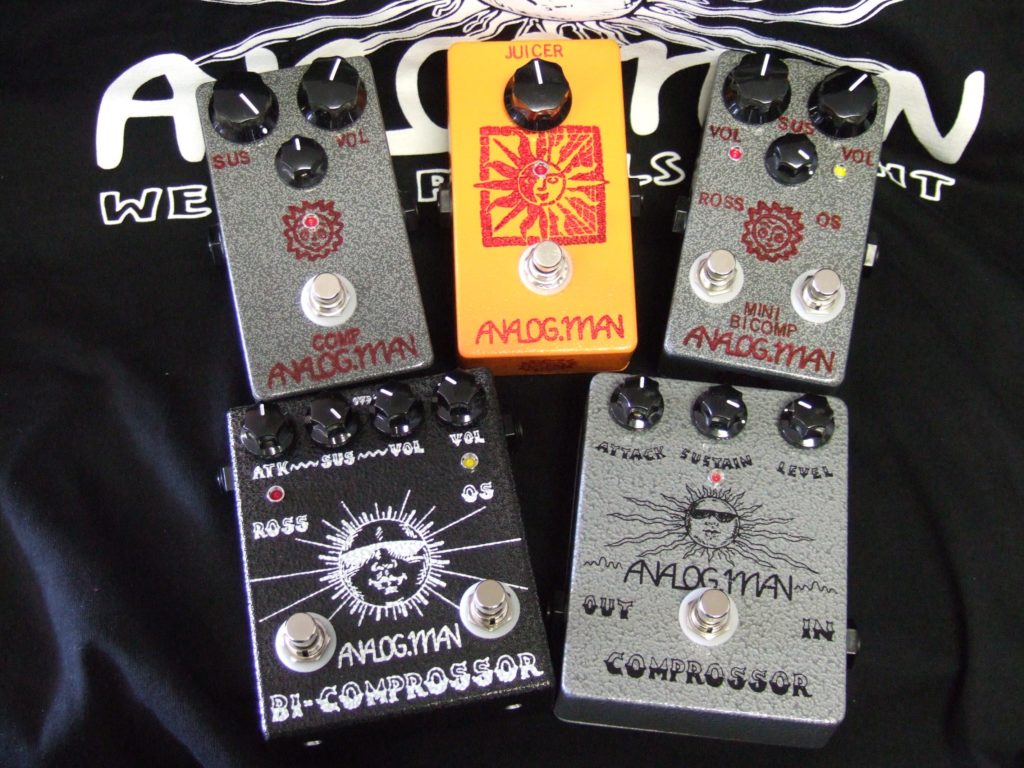
All of this started around the birth of the Internet, and things just took off. Old stuff gets resurrected, and new and custom stuff gets created. Mike sees a certain connection in his business here: “Usually, if you like guitars and the gear that goes with them, you’re also into cars.” Whether it’s the sound, the esthetics, or how they work, there’s a draw. Mike remembers going to the local stock car races and getting rock-concert vibes: the volume, the smell, the crowd. It is like going to the arena to see the gladiators do battle on track or on stage. Mike is another individual who likes small things that make great sounds.
* * *
Toni Fishman started as a taper. He was one of those guys whose microphones spike the audience at Grateful Dead and Phish concerts like quills on a porcupine. He started the pursuit of the best sound he could grab; soon enough he was introduced to Telefunken microphones.
How did he get to concerts? His first ride was a hand-me-down VW Rabbit.
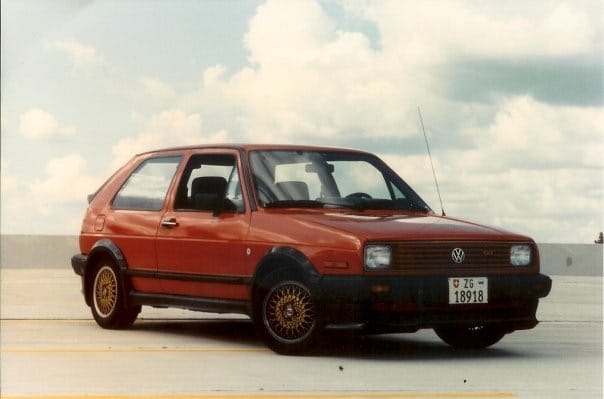
Just as Rabbits do, it begat several VW GTIs. German cars were his thing; a neighbor had a 914-6 and a 911 that Toni lusted after. A Porsche had to be in his future.
In high school Tony was the AV guy; he loved anything to do with electronics. Afterwards he worked in a camera shop that had good German cameras. He saw that there was a great love among photographers, hobbyists, and collectors of vintage film cameras. They were used, collected, and had a great infrastructure for repairs. But what he also saw that but no one was doing this for his beloved microphones. He had identified a need.
Toni’s collecting grew into a company, Vintage Tones, focusing on selling microphones. The onset of eBay made it very hard to make a living doing this. Things started to change when he got a call that told him Warner-Reprise studios in Nashville was closing. Everything must go. There was a huge selection of microphones, four of everything. The budget had been unlimited. It had all been bought with “Bunny Money.” Money made from profits from Bugs Bunny cartoons benefited the music industry in ways no one could imagine.
Toni put in a low ball bid, never thinking he would win. A few weeks later he got the call. “Get yourself a big truck and get yourself to Nashville, you got it all!”
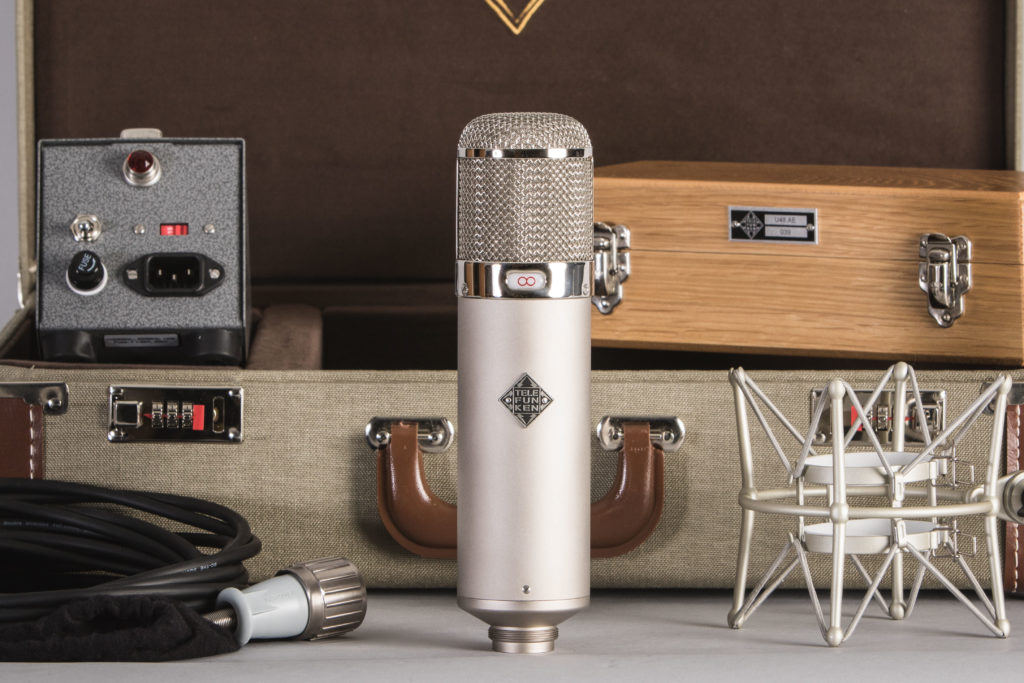
It all came back to Connecticut and started getting used in Toni’s studio. The crown jewels in this haul were the Telefunken ELA M 251 microphones. They had been the go-to workhorses at the Nashville studio, so certain plastic parts were becoming fragile. These parts had become unobtainable, made of unobtanium. Toni went in search of a company to replicate these vital parts.
As supplier owner told him, “If you’re going to do this, make all the plastic parts—not just the switch.” This was the switch that turned his new company on. Toni made the parts. Then Toni went music industry trade shows and the reception he got was out of this world.
In doing this he found that Telefunken had not renewed their North American trade rights. Toni was able to secure the trade marked symbol, and by 2001 he had re-launched the company as Telefunken Electroakustik. So from taping microphones for shows to seeing those same bands use his gear on stage it has been a long but maybe not-so-strange trip.
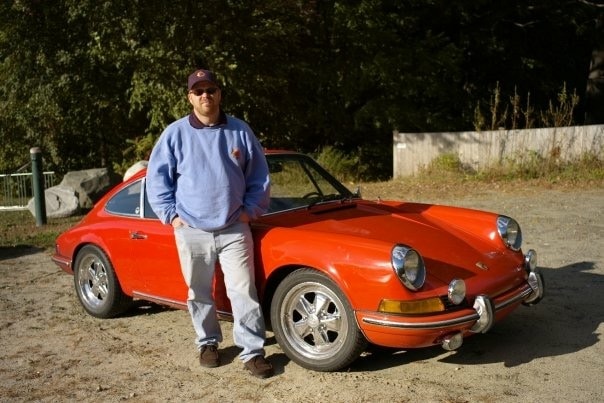
As his business grew, Toni made his connection with Porsche in the form of a 1969 912. Jim Newton of Automobile Associates told him to find a better car, but Toni wanted to save it. Many thousands in rust repair later, he had his dream. After 50,000 miles it was a nightmare when his engine threw a belt and it overheated. But he had a 1970 911E motor so his first Porsche became a science project on how one would personalize/customize a Porsche—the way he wanted it. Soon he was on the track with the Connecticut Valley Region of the Porsche club.
He then became a member of the Lime Rock Drivers Club.
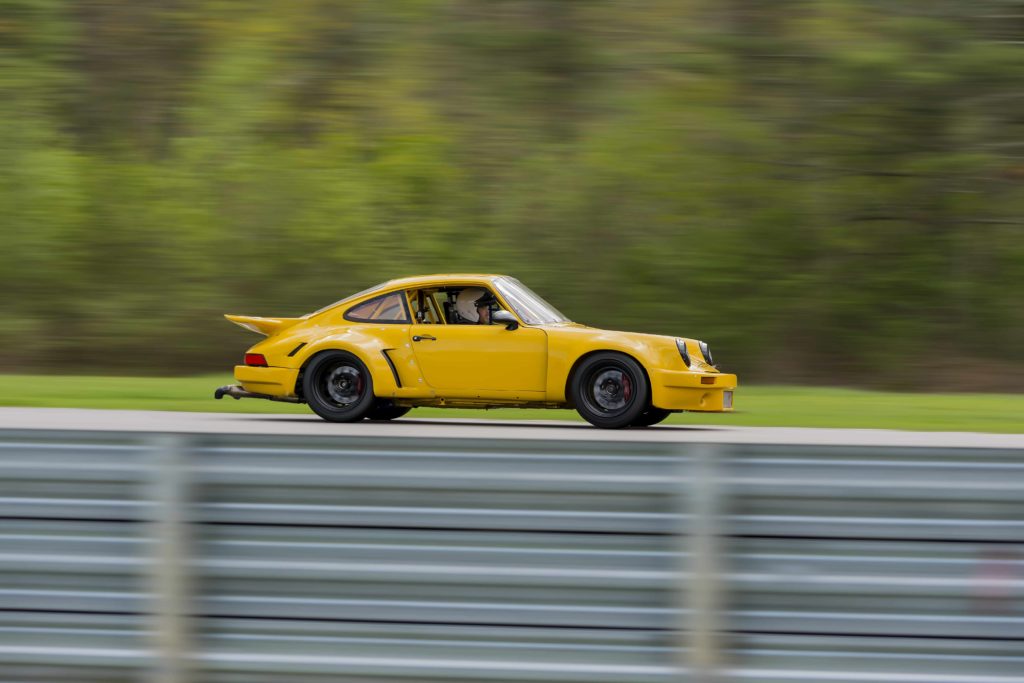
Along the way he became aware of people like Magnus Walker and Rob Dickinson and what they were, musicians allied with that special German product. It wasn’t something he felt he could afford, but maybe there was a work around. He grabbed a bit of Magnus, a taste of Singer, stirred it up with some fiberglass and created his own resto-mod Porsche.

Toni built a few and Jim Newton watched him as he moved the cars all over creation to get things done. He told Toni of garage space available under Automobile Associates of Canton, Jim’s shop in Canton, CT. Fishman had not gone to college, but he was definitely getting an education from the people upstairs.
As you might guess with Toni Fishman, the sound is important. Toni learned about the rake and angle of the muffler: give it just a little bit of an up-sweep and you get that deeper louder note. So all the cars he builds sing beautiful songs.
Toni knows he will never be the greatest guitarist, singer, or engineer, but he creates equipment that, in the right hands, can make a difference to these performers’ art. It’s the same with the cars he builds. He wants to create something unique that emanates good vibrations.
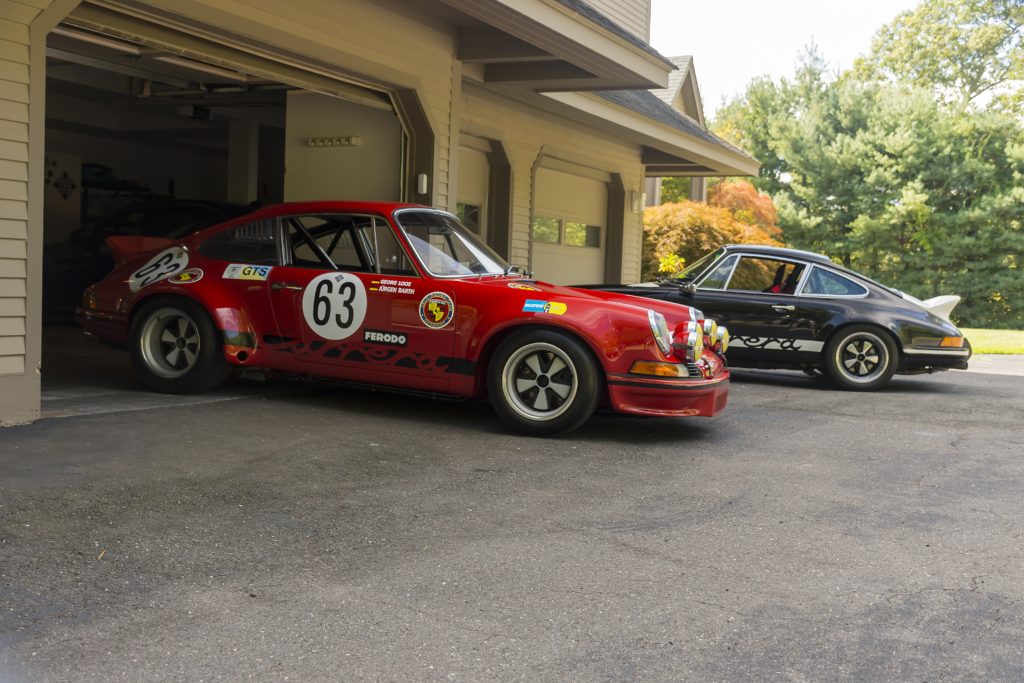
Toni’s dream is to rekindle the connection between Porsche and Telefunken. It’s grown from his love of motorsport and bent-window 356s that sported beautiful radios with that iconic name on them. He hopes they can play together again soon. The road ahead is open; we’ll listen to what happens.
